mount sakurajima
Mount Sakurajima and Other Amazing Volcanoes in Japan!

Tokyo Terry
Posted on February 29, 2024
Share:
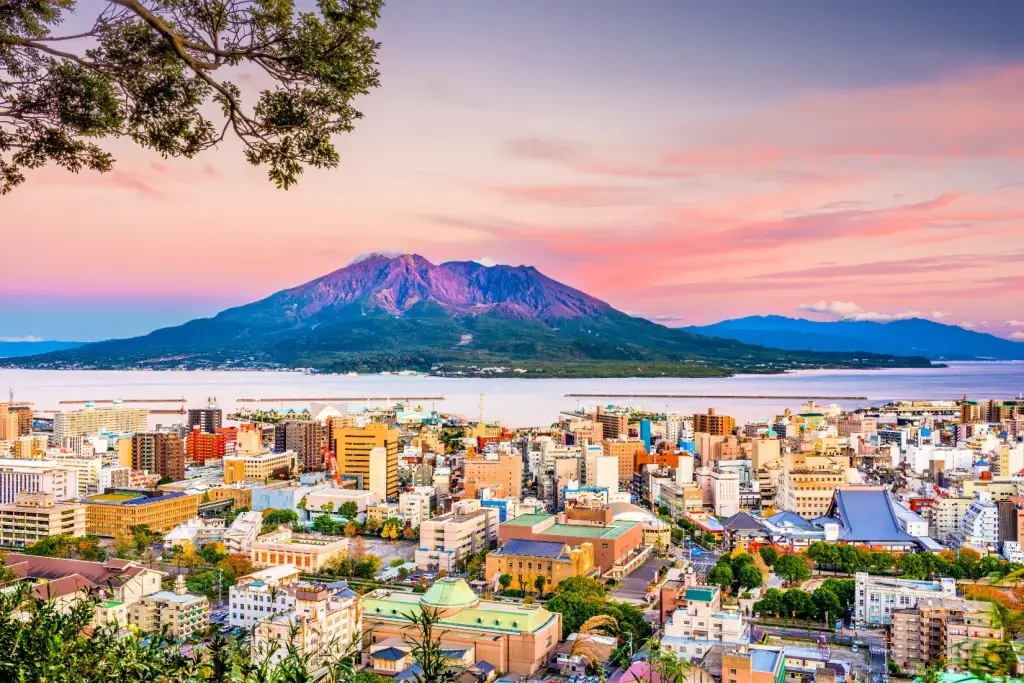
If you’re a little adventurous, visiting a Japanese volcano is a great trip. Many of Japan’s volcanoes listed as “active” are relatively safe. Mount Sakurajima, for example, is situated just a few kilometers from a major city.
Volcanoes that emit smoke and ash are closely monitored, and scientists can predict their eruptions years in advance. In case of an eruption, many shelters and evacuation plans are in place to ensure the safety of the nearby residents. However, while visiting active volcanoes can offer a range of exciting activities, we strongly encourage following safety protocols.
Mount Sakurajima (Kagoshima Prefecture)
In Japanese, “Sakurajima” means “Cherry Blossom Island”, but there aren’t many (if any) sakura there today. This volcano is located in Kagoshima Bay, only about four kilometers (2.5 miles) from Kagoshima City on the mainland. It is one of the most active volcanoes in Japan. There are small eruptions daily, spilling smoke and volcanic ash constantly.
The Osumi Peninsula and the roads that lead to the Sakurajima volcano didn’t exist until 1914. Pyroclastic flows from a major eruption in the same year created this peninsula. Sakurajima has three peaks: Kitadake in the north, Minamidake in the south, and Bakadake in the middle. All are about 1000 meters (3280 feet) high, but the north peak is the tallest. The famous Showa Crater is on the south peak, but it’s off-limits for people’s safety.
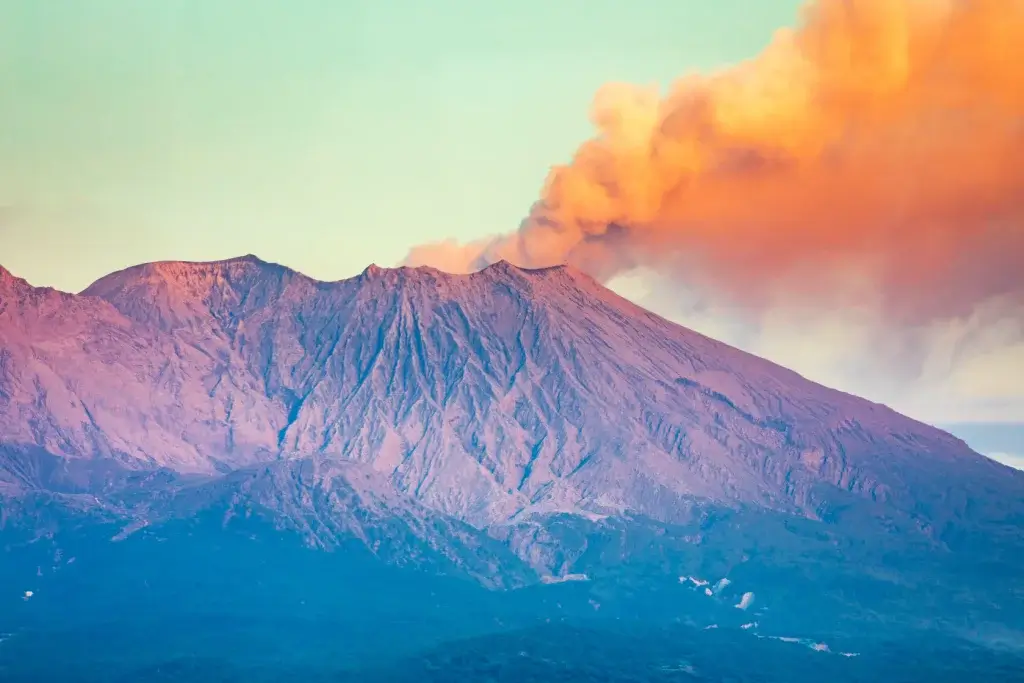
Next, the Yunohira Observation Point is about 2.5 kilometers (8202 feet) away, and the other observation points, Kurokami and Arimura, are even further. This Kurokami Observation Point is quite popular because of the Kurokami Shrine Gate. This tori was covered in volcanic ash so deep that only the top was above the surface. If you want to see something a little more hidden, the Nagisa Lava Trail is along the coast.
About 4,000 people live on Sakurajima despite being an active volcano, so visiting it is relatively safe. It is one of the most visited places in Kagoshima. Scientists monitor the volcano daily, evacuation drills are regularly held, and many shelters are on the island.
Mount Ontake (Gifu and Nagano Prefectures)
Ontake-san is located on the border of Gifu and Nagano Prefectures. It is about 3000 meters (9840 feet) high and is the second-highest volcano in Japan. It is a “composite” volcano, meaning it has several volcanoes. This is why there are so many beautiful crater lakes in the area.
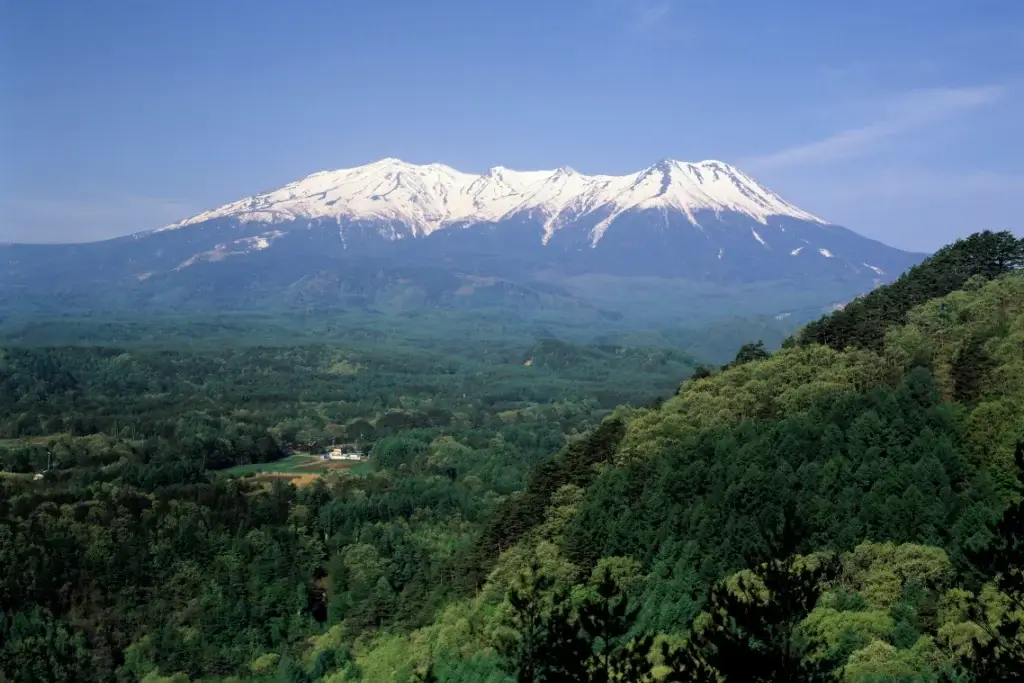
Mount Otake is also one of the most sacred mountains in the country. For hundreds of years, people have dressed in white and made pilgrimages to Kiyotaki and Shintaki Falls. This purification ritual is takigyo, and there are many old shrines and stones for worshiping along the trails. Despite some areas being closed after the last eruption, pilgrims and hikers still use the trails today. In summer, the trail and lodges can become quite crowded.
There are many routes to the top, but the shortest is the Otakiguchi Route, which takes about five hours. It is a popular route but can be foggy sometimes, so watch your step. The Ontake Satoyama Shrine Trail passes through beautiful, mossy forests and waterfalls. You can also use the Ontake Ropeway up to about 2000 meters if you only want to walk down.
Mount Mihara (Tokyo Metropolis)
Mount Mihara is an active volcano in Sagami Bay on Oshima Island, the closest to the Izu Islands. Many visitors compare the volcano to Hawaii because of its dark rocks and black sand. Others say visiting is like being on another planet because of the many fumaroles that release steam.
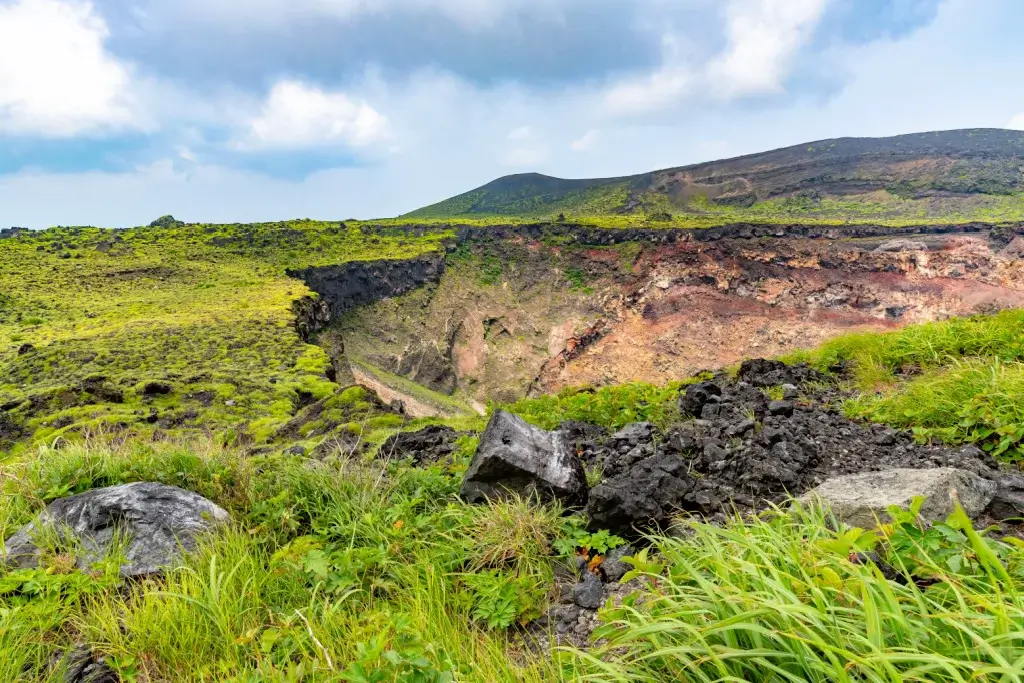
The Summit Trail, or Ohachimeguri Course, goes from the coast to the top of the volcano. After you hike to the top, another trail slows around the crater. The entire trip takes about two hours. Trails are relatively easy and offer great views of the strange landscape. This volcano is safe to visit because it only erupts every 40 years.
Are you looking for some fantastic snacks from across Japan? Check out Sakuraco! Sakuraco delivers traditional Japanese snacks, teas, and sweets from local Japanese makers directly to your door.
Mount Nantai (Tochigi Prefecture)
Mount Nantai is an active volcano about 2.5 kilometers (8202 feet) high in the Nikko National Park in Tochigi. The park is a UNESCO World Heritage Site because of its many shrines and temples. As a result, Nantai san is another of Japan’s sacred mountains. Because of this religious significance, the area is cared for by the nearby Futarasan temple.
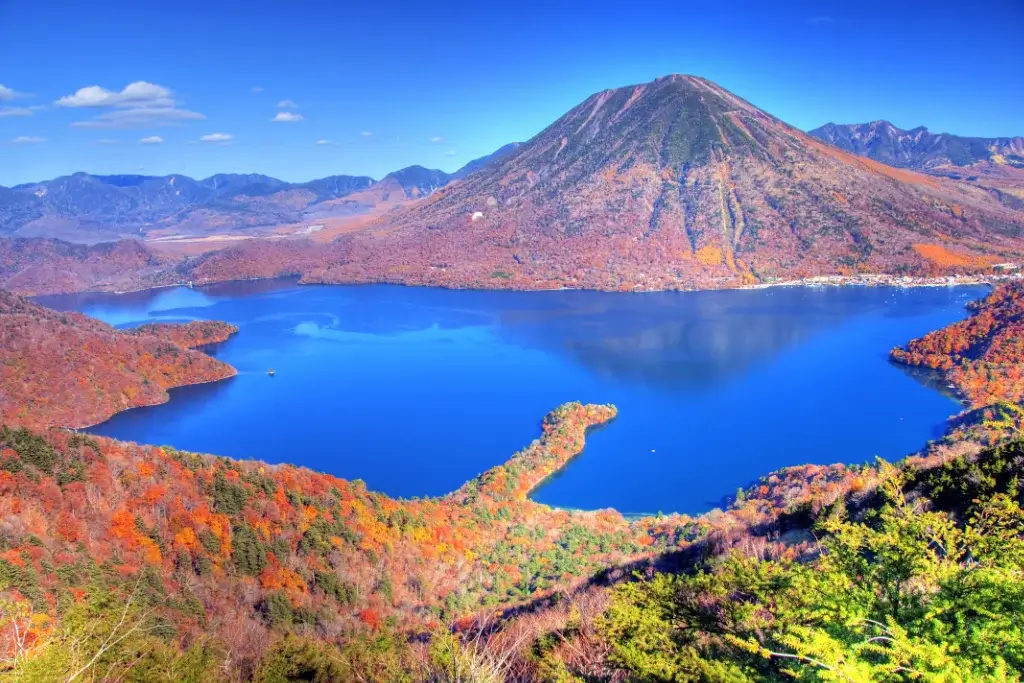
The name of this mountain translates as “male body mountain.” It gets its name from the Shinto belief that it is the father of other mountain gods. Some of the peaks in the area have been worshiped as dwelling places of gods (shintai) since 300 BC.
The last Mount Nantai eruption was over 7000 years ago, so it is safe to visit. The trailhead is located on the shores of beautiful Lake Chuzenji. You must pass through the gate at the Futarasan Temple shrine to access the main trail to the top. The path is direct but challenging and takes about six hours. It is only open from May 5th to October 25th.
Mount Norikura (Gifu and Nagano Prefectures)
Mount Norikura is the third tallest volcano in Japan at 3026 meters (9928 feet). It is located in the Northern Japan Alps, on the border of Nagano and Gifu prefectures. The volcano gets its strange name, “riding saddle”, from its unique shape.
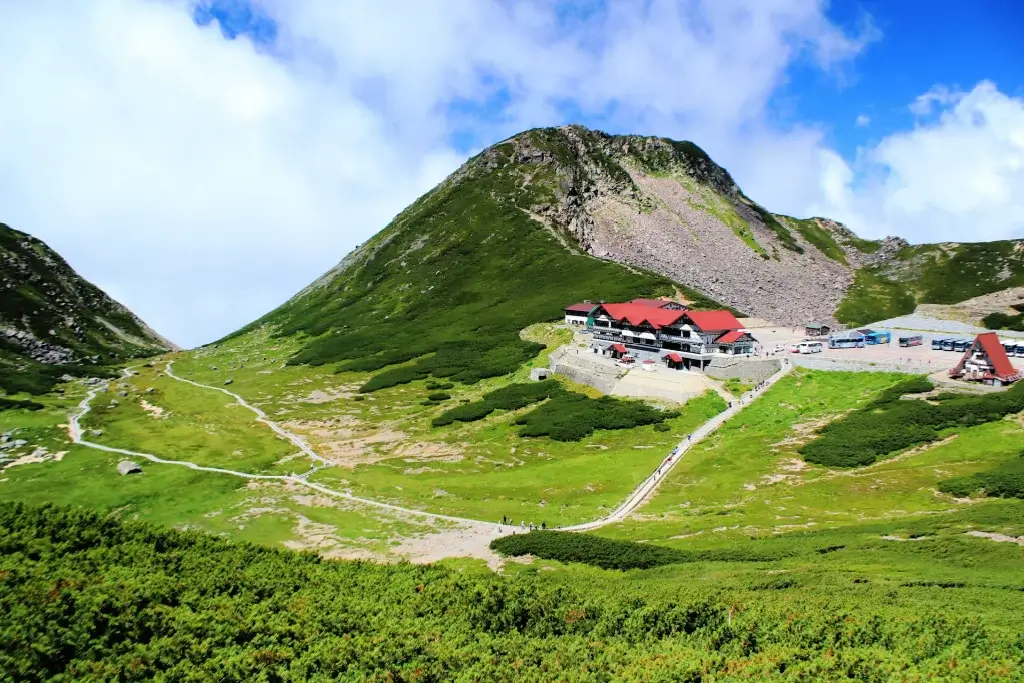
Visitors can take a bus (or even a taxi) to the beginning of the trail at about 2700 meters (8858 meters). The scenic bus terminal there, Tatamidaira, is the highest bus stop in Japan. From there, it is a two-kilometer walk to the volcano. The scenery is rocky in some parts, but some bright blue ponds are along the route. The hiking route is open most of the year, but snow closes the road to the trailhead in winter. The mountain is high enough in the Alps that snow is on the ground, even in summer.
Norikuradake last erupted in about 50 BCE, so visitors are highly safe. Of the mountains over 3000 meters (9840 feet), it is known as the easiest to climb. There are even rest areas along the trail with drink machines and snacks.
Why should I visit volcanoes like Mount Sakurajima?
Besides the thrill of being on an active volcano, there are other reasons to visit these fantastic spots. The Mount Sakurajima area also has other hiking trails that can be explored. If you need to go hiking, you can rent a bicycle to explore the shops and restaurants in the area. Climbing Mount Ontake is a chance to be part of a centuries-old pilgrimage.
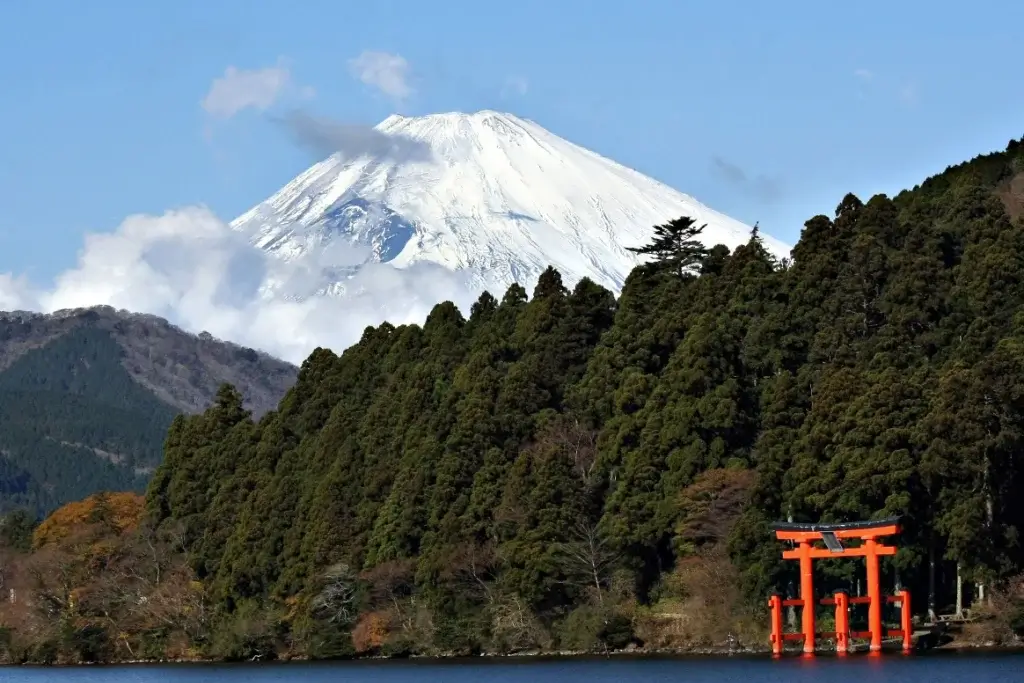
You can even hire a local guide and try waterfall meditation yourself. You can learn about Buddhism and Shintoism at Mount Nantai. Mount Norikuradake has breathtaking mountain views of the fall colors from mid-September to October.
Overall, consider a volcano hike, especially near Mount Sakurajima if you want adventure. It’s a thrilling experience that may be just a train ride away. Have you visited any of the above spots? Have you visited another volcano in Japan that was not mentioned? Please feel free to share your experience below!

Discover authentic flavors with Sakuraco
Get Sakuraco 

Discover authentic flavors with Sakuraco
Get Sakuraco 
Related Articles

Japanese Fish Bait: The Beautiful Art of Kebari
Kebari are traditional hand-tied flies used for freshwater fishing in Japan, especially in mountain streams where small insects form the main diet of native fish. Instead of bright plastic lures, kebari use feathers, thread, and natural materials to create subtle movements in the water.
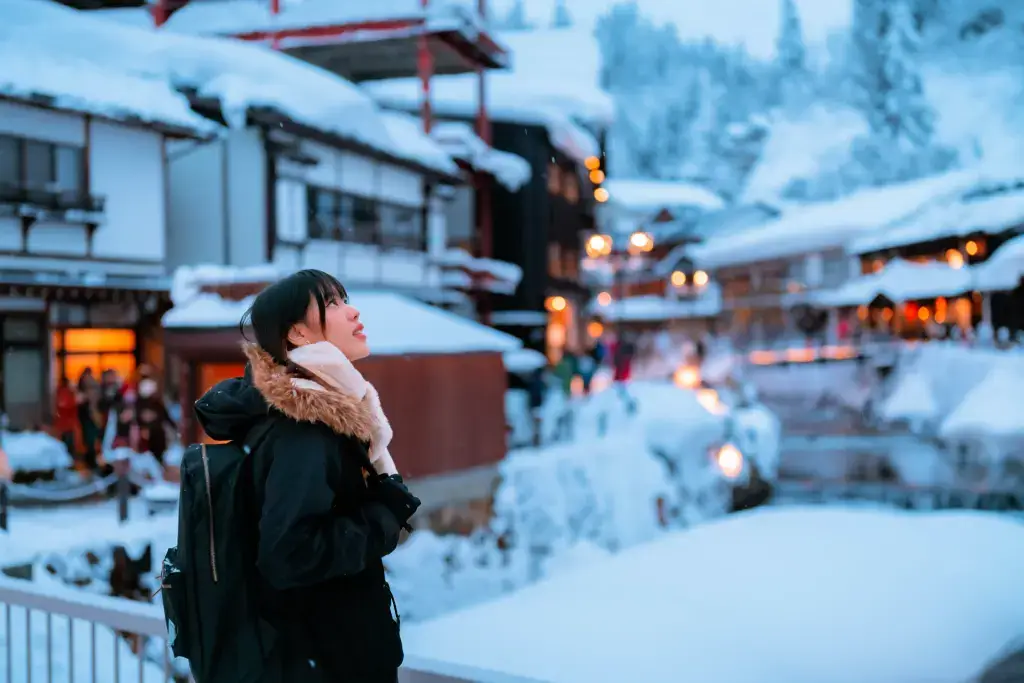
Japan Holidays Guide: Relax, Explore, and Delight in Festive Fun
As the year draws to a close, everywhere buzzes with preparations for the holidays, and Japan is no exception. Despite the cold winter weather, you can feel warmth in the scenery, decorations, and festive activities across the country. Let’s explore the unique experiences of holidays in Japan that many people dream of enjoying at least once in their lifetime!
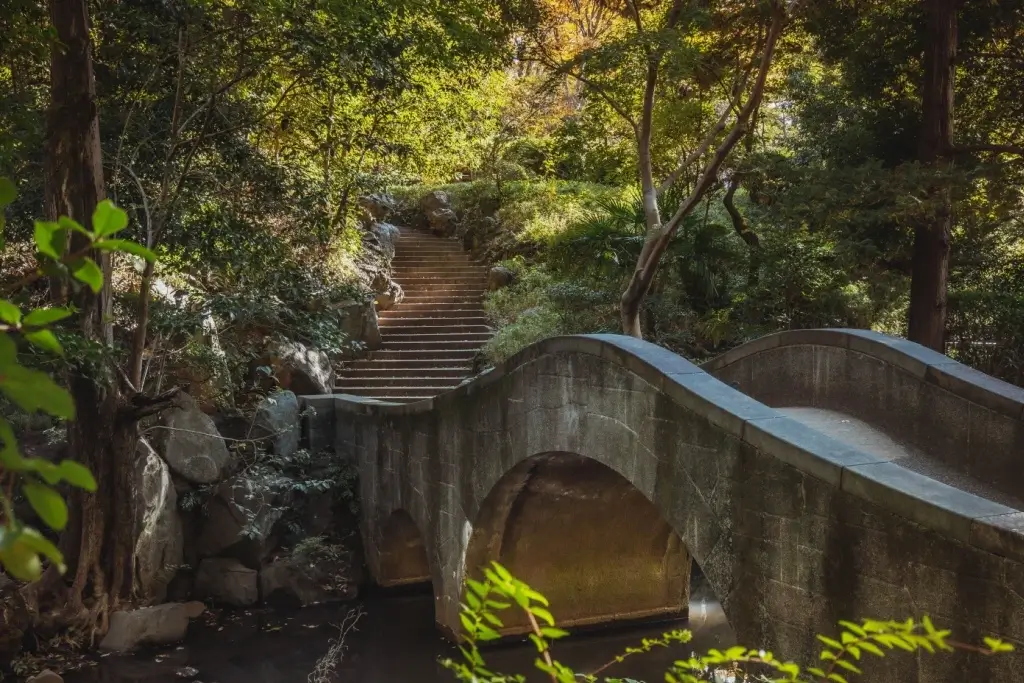
Tokyo Gardens: Five Beautiful Traditional Japanese Gardens to Visit
Tokyo gardens offer a relaxing escape for visitors looking to get a breath of fresh air. However, Tokyo has more than just the typical gardens we see in the West. Let’s explore five traditional Japanese gardens and what makes them unique!
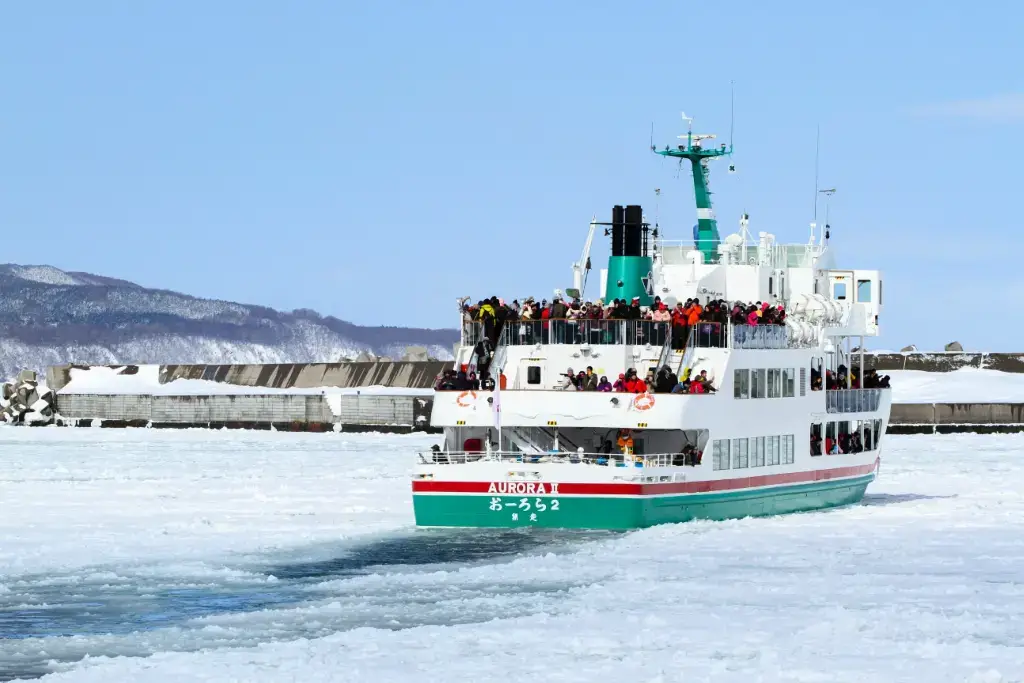
Japan Cruise Spotlight: The Ultimate Guide to Abashiri Icebreaker!
Japan offers a diverse range of cruise experiences, taking in various stunning landscapes. But, in the chilly grip of winter, some voyages pull in adventurers from around the globe. At the forefront of these wintry trips is the Abashiri Icebreaker Cruise in Hokkaido.



